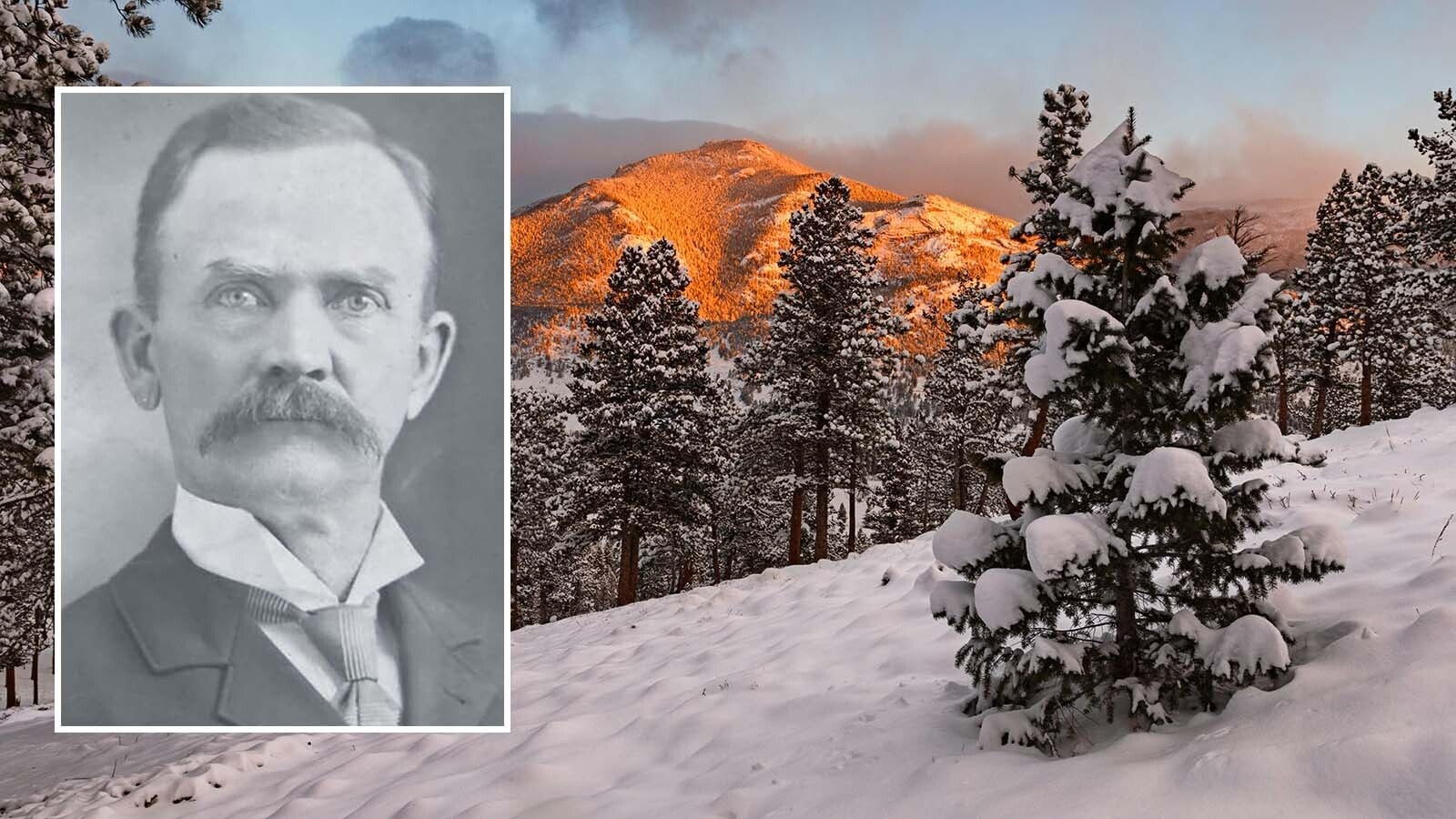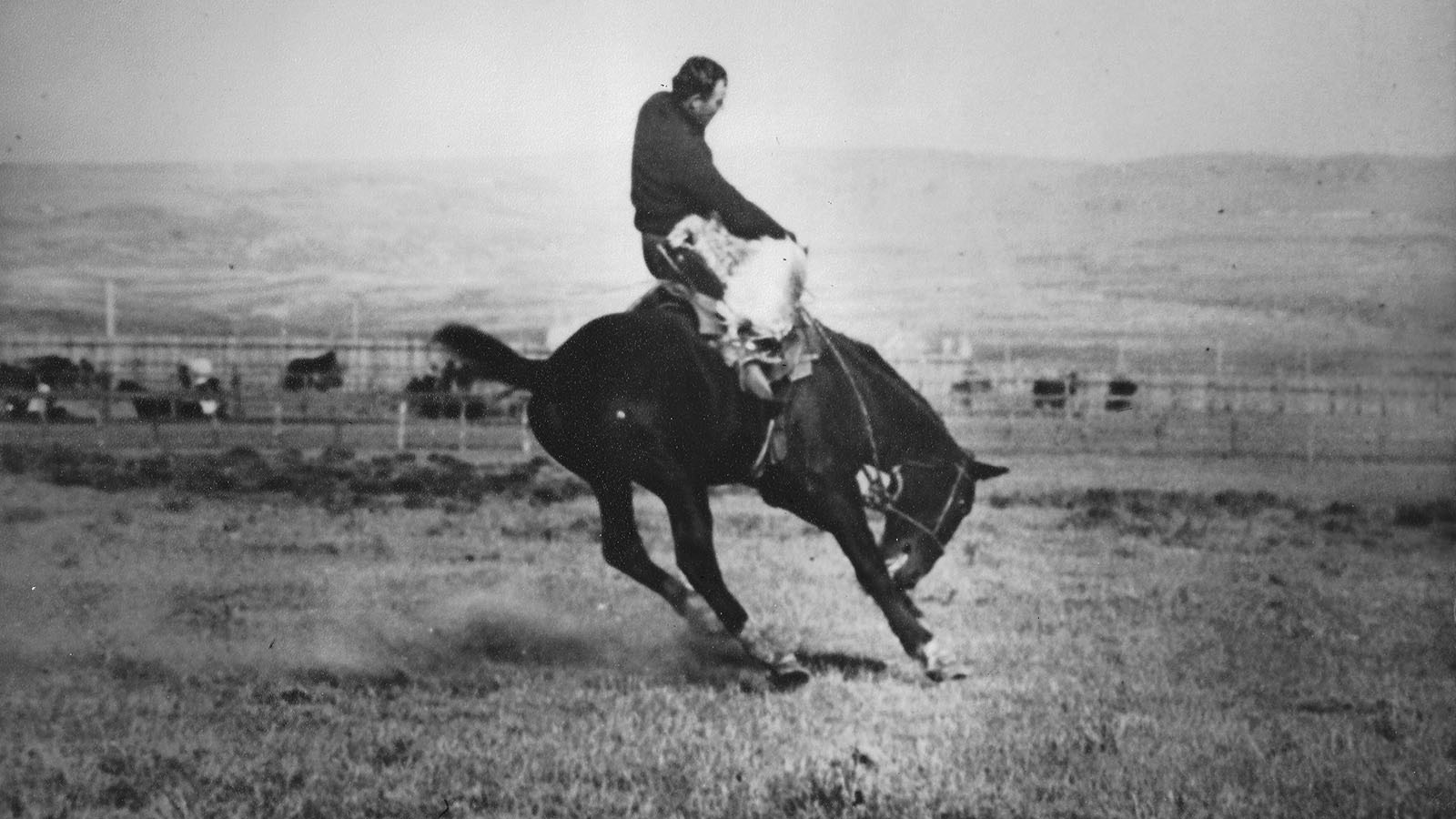From the early 1920s, when the first manifestations of a prehistoric American Indian culture now known as "Clovis" was unearthed in New Mexico, to the late-1970s, the foremost theory relating to the occupation of the New World specified that people of the Clovis culture were not only the oldest migrants to the Americas, but also the progenitors of many later cultures.
Enthusiastically embraced by American anthropologists and archaeologists and taught in most of the nation's major colleges and universities for decades, the "Clovis First" theory was force-fed to two or three generations of today's scientists, almost to the total exclusion of all other possibilities.
"We all learned it as undergraduates," Michael R. Waters, the director of the Center for the Study of the First Americans, has stated.
Guy Gugliotta, who writes for Smithsonian magazine adds, "Any artifacts that scholars said came before Clovis, or competing theories that cast doubt on the Clovis-first idea, were ridiculed by the archaeological establishment, discredited as bad science or ignored."
Gradually, over the past half-century with the rapid advance of DNA research and radiocarbon and other dating techniques, a few bold pioneers began to dispute the Clovis First paradigm when they announced that they had identified sites much older than the Clovis timeframe, which hovered around 13,000 years ago.
One of the earliest discoverers of sites that today belie the "before Clovis" theory was archaeologist Tom D. Dillehay who initiated excavations on a Chilean location named Monte Verde in 1977, but delayed publication of his findings for several years.
With the announcement that he had dated the site to 14,800 years ago – more than 1,000 years older than Clovis – Dillehay came under severe criticism by his colleagues, many of whom terminated their friendships with him and avoided him at meetings.
"It's not fun when people write to your dean and try to get you fired," Dillehay lamented. "And then your grad students try to get jobs and they can't get jobs."
Fortunately, Dillehay and other scientists who had similar experiences have been vindicated in recent years as the crack in the academic status quo grows wider and the pendulum swings further away from the Clovis First argument.
An Archaeological Find Under Rock Overhang
Park County, Montana, with a population of almost 18,000, sits astride Interstate Highway 90 between the cities of Bozeman and Big Timber.
Located up the Shields River about twenty miles from its confluence with the Yellowstone River is the town of Wilsall with a population that usually hovers around 200-300. Just outside town is the ranch of the area's long-time veterinarian, Melvyn Anzick and his wife Helen.
The morning of Saturday, June 28, 2014, dawned overcast, rainy, cold, and windy in south-central Montana. Out on the Anzick Ranch, some fifty people gathered near the base of a bluff for a solemn ceremony.
Several American Indians representing the Umatilla, Yakima, Apsaalooke, Yavapai, Crow, Amskapi Pikuni and K'tanaxa tribes were present, as well as the Anzick family, representatives of Montana state government, and members of the scientific community.
Following a two-hour ceremony that included singing, the offering of burnt sweet grass, the chanting of prayers, the beating of drums, and the tinkling of bells, the small assembly watched intently as a tiny coffin containing the remains of an infant boy who died nearly 13,000 years ago was lowered into the grassy prairie.
An archaeological find on the Anzick Ranch over half a century ago has proven to be of crucial importance in the giant puzzle of the origin and antiquity of human beings in the Western Hemisphere.
In May 1968, Dr. and Mrs. Melvyn Anzick allowed two neighbors, Ben Hargis and Calvin Sarver, to extract gravel from beneath a rock overhang on their ranch for use as a drainage fill at the local elementary school.
During the course of excavation, Hargis and Sarver uncovered the partial remains of two young children and a small cache of worked stone points and deer antlers. According to the official Anzick Site website, the two workers were quick to realize that they had discovered something unique.
Ben Hargis was operating a loader/backhoe and Calvin Sarver was driving a dump truck in which he took loads of material from the site to the school and then returned to the Anzick location for more.
While digging into the base of the Anzick escarpment to extract the fill with his loader, Ben noticed an unusual powdery material falling out of the hillside at approximately eye level which he decided to use as fill for some holes in the access road at the site.
Artifacts And Human Bones
As he operated the loader, a stone that Ben recognized at once as a probable artifact, dropped out of the bucket.
This find appeared to Ben to be very unusual and upon Calvin’s return from taking a load to the school, they both walked to the spot in the hillside from which the artifact was removed. The two men continued to dig with hand tools and uncovered a number of stone and bone artifacts.
After knocking off work for the day, Hargis and Sarver returned to the site with their wives and discovered additional artifacts and human bones.
Sarver reported the findings to Geoff Skillman, a local "artifact collector," who let Larry Lahren, a University of Montana grad student, in on the discoveries.
Lahren, anxious that the site be properly protected, excavated, and studied, contacted Dr. Dee Taylor at the University of Montana.
Later in the summer, Taylor, an archaeologist, explored the site but because its stone and bone findings, as well as its stratigraphy, had been so drastically disturbed during the gravel excavation, he could reach no reliable assumptions about either its age or importance.
The Remains Belong In Montana
Fast-forward to 1999. By then, Dee Taylor's son, Mark G. Taylor, an anthropology professor at Northern Arizona University, had inherited the human remains and artifacts when his father passed away. Now, strongly believing that the material belonged in Montana, he returned it to the Anzick Ranch.
Over the next few years, other archaeologists regularly visited the Anzick Site, as the place was now called, and produced an abundance of scientific literature, but few conclusions about its relevance.
In the meantime, one of the Anzick daughters, Sarah, who was only two years old in 1968 when the site and its valuable remains were found on her parents' ranch, had gone off to university and returned with a doctorate in molecular biology and a job with the National Institute of Health where she was involved with the Human Genome Project.
Dr. Anzick would later lead the effort to investigate and identify the importance of the rare finds with which she had grown up and ensure that the human remains would be reinterred on their original site.
Investigation of the human remains discovered at the Anzick Site revealed that the two children consisted of a male about one to two years old and a second child, sex unknown, about six to eight years of age.
The youngest child, identified as "Anzick-1" was dated to 12,600 years ago and was declared by Michael Waters to be "the oldest burial in North America and the only known human burial associated with the Clovis culture."
The second child's remains were much younger, dating to about 9,500 years ago and well outside the Clovis period.
Montana In The Scientific Limelight
When the news broke about the reburial of the Indian children and the scientific data that had been extracted from the Anzick Site, Montanans found themselves in a sort of scientific limelight.
Those familiar with the Clovis First argument which had been escalating for years, knew that their homeland had suddenly achieved a very important place in New World archaeology and anthropology.
The DNA testing of the Anzick-1 child and the study of the stone and antler remains confirmed that the child did indeed live during the Clovis period. But the research yielded far more than his age at death and how long he had been buried. It also determined that the child was descended from people who entered the Americas during a much earlier period.
Brett French, a reporter for the Billings Gazette told his readers on the day of the reinterment that, “DNA recovered from the boy showed that he was descended from Asians who were the first to cross the Bering Land Bridge and populate North America. His is the oldest genome ever recovered from a North American and proved that he was closely related to indigenous Americans.”
Also revealed was the fact that the DNA extracted from Anzick-1 had a striking similarity to DNA from ancestral Siberians and East Asians, as well as to the DNA of 52 separate South American and Canadian Indian groups.
"The Anzick remains share a common ancestry with almost every modern Native American group that we looked at," according to Michael Waters.
Now What?
After the scientific results were analyzed and published, the question as to the future of the Anzick remains were addressed.
The Native American Graves Protection and Repatriation Act (NAGPRA), passed by Congress in 1990, and Montana's Human Skeletal Remains and Burial Site Protection Act, enacted in 1991, both dealt with procedures to follow regarding the disturbance and removal of human remains from their graves.
Neither act, however, applied to the Anzick Site since neither law was retroactive and the Anzick remains were excavated in 1968.
Early on in her involvement, Dr. Sarah Anzick had conferred with tribal leaders of several indigenous tribes in the region about the proper reburial of the two children.
Although most everyone who had worked on the excavation realized that DNA analysis and other forensic technology still had a long way to go and that new techniques discovered far in the future could be used to discover even more information about the ancestral origin of the human remains, all involved wanted to see that the children had a proper re-interment.
And so it was that on June 28, 2014, in a moving ceremony, both children were buried in a location as close to the original graves as possible.
Re-interment Without A Hitch
The Anzick Site's re-interment ceremonies came off without a hitch and differed greatly from the ill-feelings and legal battles that permeated just about every facet of the discovery, study, and disposition of the remains of Kennewick Man, found along the Columbia River in Washington in the late 1990s.
The Anzick proceedings should be a model of the cooperation that can exist between the scientific world in search of answers about mankind's origins in the New World and American Indians who want to preserve the reverence, respect, and solemnity for their ancient ancestors' remains.
As Shane Doyle, a professor at Montana State University and a Crow Indian, said at the end of the reburial ceremonies, "It was more beautiful than I could have imagined. And not just the tribes, the non-Indians and everyone got to participate, which made it feel like it brought all of us together."
Over the years, as in many important scientific breakthroughs, the age of the Anzick-1 child has been called into question by some authorities. With the rapid development of high-powered tools and techniques to measure archaeological and anthropological remains, this should come as no surprise.
Regardless of what discrepancies might ultimately be found in the dating of Anzick-1, the discovery ranks high on the scale of important solutions to the mystery of “Who was the first American?”
James A. Crutchfield can be reached at Tncrutch@aol.com





